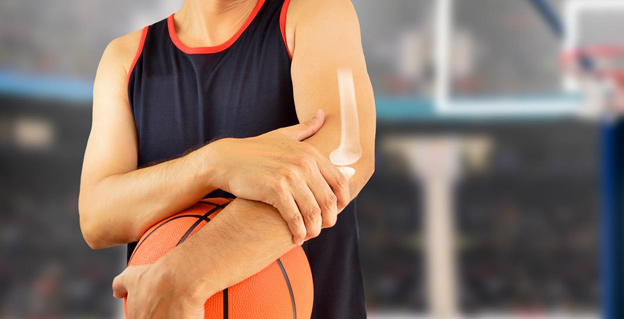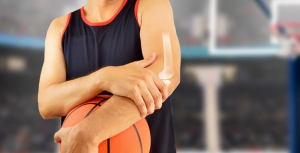
Years of pushing your body to the limit whether on the field or in the gym can take a toll, including the joints in your upper extremities. While arthritis is often seen as an age-related condition, athletes are at increased risk due to repetitive stress and impact on the joints. Here’s how high-impact sports can lead to arthritis and what you can do about it.
The Athletic Risk: Repetitive Motion and Joint Wear
Athletes often depend on their hands, wrists, and elbows to perform with strength, accuracy, and control. But using these joints over and over especially under stress can wear them down over time. This repeated strain can damage the smooth cartilage that normally helps joints move easily and absorb shock. If the body doesn’t get enough time to rest and recover, the wear and tear can add up and weaken the joint. This kind of damage can lead to degenerative arthritis, a condition that many active and retired athletes face. While it occasionally starts after a distinct injury like a broken bone or ligament tear, even long-term impact activity may increase the risk of arthritis due to chronic inflammation and impact on the joint cartilage. Over time, the common pathway more cartilage loss, ongoing pain, stiffness, and limited movement.
Acute injuries with swelling, bruising and loss of motion must be taken seriously, with appropriate diagnostic workup, as this can be the presentation of a fracture or ligament injury that could lead to arthritis in the future if not addressed. In the chronic setting, sports like boxing, wrestling, weightlifting, and gymnastics place tremendous strain on the upper extremities if performed at high intensity/frequency especially with poor mechanics, which may accelerate joint degeneration.
Common Signs of Arthritis in Active and Former Athletes
Arthritis doesn’t show up immediately. Symptoms can begin subtly and worsen over time. Watch for signs such as:
- Stiffness in the wrist, hand, or elbow
- Swelling or inflammation after activity
- Joint pain that persists or returns frequently
- Grinding or clicking sounds with movement
- Decreased grip strength or limited range of motion
These symptoms may come and go but early intervention is key to preserving joint function.
Treatment Options to Stay Active, Without the Pain
While arthritis can’t be reversed, many treatments can help you manage symptoms and keep moving. These include:
- Activity modification and joint protection techniques
- Anti-inflammatory medications or injections
- Bracing or splints to support affected joints
- Physical therapy to strengthen the secondary stabilizing muscles that can offload joint contact forces
- Minimally invasive surgery when conservative options are no longer effective
With personalized care, many athletes can delay or even avoid major surgery while continuing to live active, fulfilling lives.
Don’t Wait Until the Pain Wins
If you’re an athlete past or present dealing with joint discomfort or stiffness in your hand, wrist, or elbow, don’t ignore the signs. Early evaluation and targeted treatment can prevent further damage and preserve your mobility.
Schedule a consultation with the Hand, Wrist & Elbow Institute at Midwest Orthopaedics at Rush (MOR) today to explore your treatment options and stay ahead of arthritis with expert, athlete-focused care.

